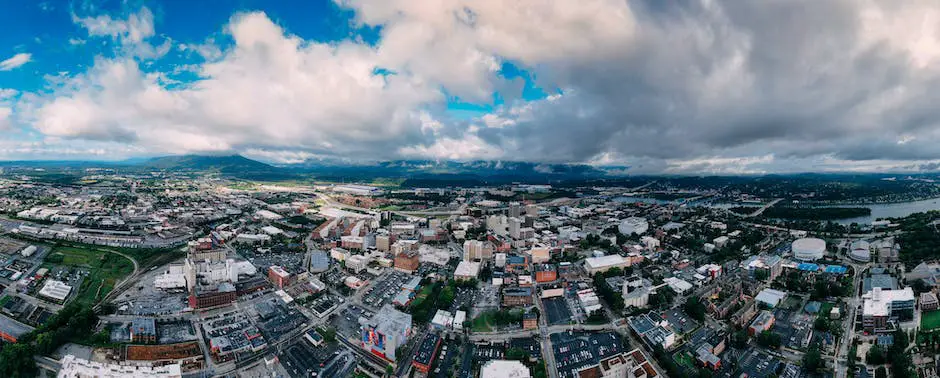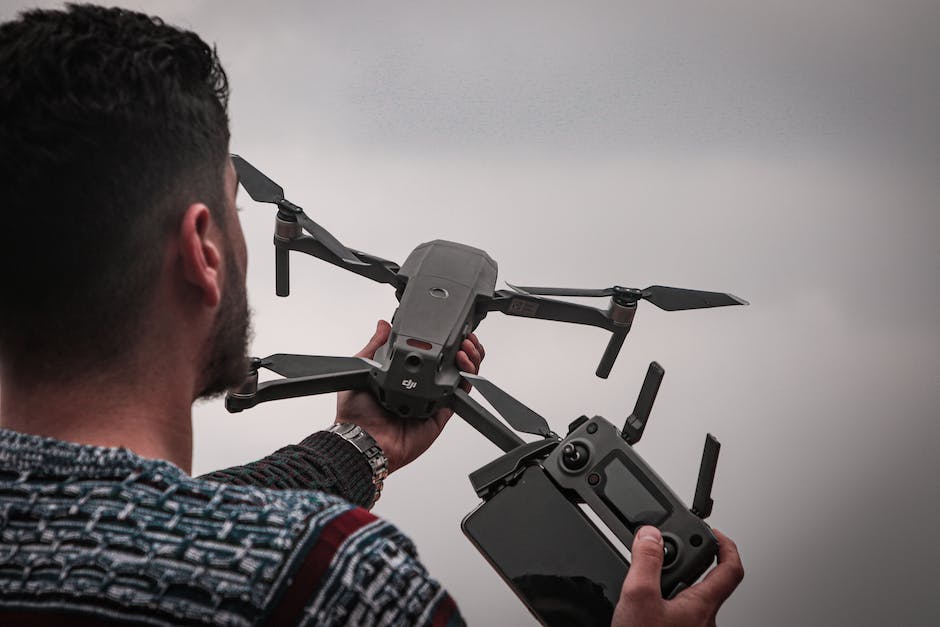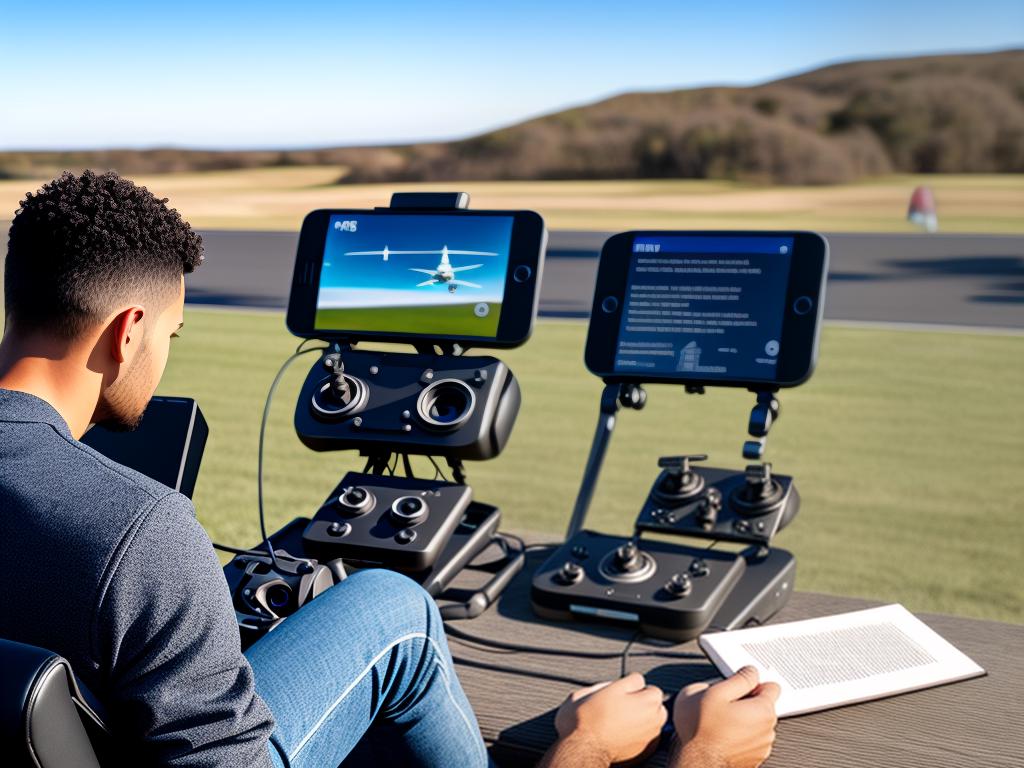In the fascinating world of drone technology, DJI drones stand out for their innovation, advanced features, and user-friendly interface. But, like all intricate devices, they can present challenges when things go awry. Knowledge in their mechanics, problem diagnosis, troubleshooting, as well as repair techniques and maintenance, can transform these challenges into learning and growth opportunities. Understanding the integral components of a DJI drone like its propellers, motors, camera, battery, and flight controller opens up the heart of these machines, giving insight into their functioning and potential issues. Diagnosis is often the bridge between an issue and its solution, and learning how to understand common problems such as unresponsive controls, video feed problems, and battery performance enhances this crucial skill. Finally, mastering repair techniques and effectively maintaining a drone ensures not only longevity but also optimal performance.
Understanding DJI Drone Mechanics
Decoding the Basics: Key Components of a DJI Drone and Their Functions
No wonder drones have become a go-to gadget for tech enthusiasts and early adopters of new tech trends. At the forefront when it comes to drones is DJI, the world leader in easy-to-fly and commercial drones. Understanding its various components and their functions can give you an edge in making the most of your drone experience.
Propellers: Propel to the SkiesOne of the most basic yet critical components, the propellers generate uplift to the drone by cutting through the air. Propellers, typically four in a drone, are precisely designed to maintain balance and stability. The interaction between propellers and the on-board computer (the flight controller) ensures smoother, controlled flights.
Motors: The Heart of Any DroneConsidered as the heart of a drone, the brushless motors in DJI drones play an essential role in controlling the speed and direction. Working with the flight controller, the motors determine how fast or slow to spin based on users’ control inputs.
Flight Controller: The Brain Behind the OperationsA mini-computer in itself, the flight controller manages all functions of the drone during a flight. It interprets input data from transmitter, onboard sensors, and GPS system, eliminates external interferences, minimizes drift, and ensures real-time precision.
Camera: Capture Unmatched Aerial ViewsWhat DJI particularly excels in, is the high-quality cameras mounted on their drones. They leverage gyrostabilized gimbal technology, eliminating any sort of vibration, to capture unparalleled steady and clear aerial footage.
Gimbal: Celebrate SmoothnessThe Gimbal is the mechanism that holds the camera. Its primary function is to ensure that the camera stays steady while moving, managing pitch, roll, and yaw. With this technology, sharp, stable images are guaranteed even when the drone is performing complex maneuvers, combating wind resistances.
Battery: Reliable Power SourceWith a good understanding of its users’ needs, DJI implements intelligent flight batteries. These Lithium Polymer batteries supply power to all components and come with built-in sensors for monitoring power levels. They alert users when battery levels become critical, allowing for safe landings.
Transmitter: In the User’s HandsThis is the remote control device that communicates user commands to the drone. DJI Transmitters come designed with joysticks and buttons to control the drone’s movements, camera angle, and settings for maximum ease and control.
GPS Module: A Star NavigatorThis component receives directions from global positioning satellites. It allows for precise navigational functions and autonomous flight modes. By receiving location data, the DJI drone can hover in a specific location, follow a set route, or return to home base automatically in case of signal loss.
In conclusion, these components’ synergy in a DJI drone delivers unparalleled precision, safety, and control, making the venture into aerial exploration incredibly accessible and enjoyable. A knowledge of these parts can lead to improved drone management, maintenance, and ultimately, impressive drone performance. So, ready for take-off?

Problem Diagnosis and Troubleshooting
Navigating Common DJI Drone Troubles: Sensor Systems & Firmware
The technological sophistication of DJI drones is impressive, leveraging a range of sensor systems to offer smooth flights, proficient navigation, and high-quality imaging. However, these advanced features can also incubate technical issues that could interrupt operations, incite crashes, or impair footage quality. This guide explores how to diagnose and troubleshoot the common issues related to DJI drone sensor systems and firmware.
Sensor Systems
The cutting-edge sensor system in DJI drones enhances its functionality by aiding accurate flight positioning and avoiding obstacles. Issues can arise, however, when these sensors malfunction, leading to unstable flights and even collisions. So how can you identify problems in this area?
- Inaccurate Positioning: If the drone strays from its path or doesn’t maintain a stable hover, it could imply a fault in the Vision Positioning System (VPS). Try calibrating the VPS from the DJI GO 4 app and remember to remove any lens covers or stickers.
- Collision Detection Failure: If your drone isn’t avoiding known obstacles, ensure that all the sensors (front, back, and bottom) are clean, unobstructed, and undamaged. Also, double-check that obstacle avoidance is activated in the app.
- Overheating: An overheating warning may indicate an issue with the Infrared Sensing System. Make sure that the infrared sensors aren’t blocked and that the drone isn’t being used in extreme temperatures.
Firmware
The firmware in DJI drones is the software that brings all hardware together. It’s the brain behind the machine. When the firmware experiences issues, it can cause unanticipated behavior from the drone. Here’s how to identify common firmware problems:
- Update Errors: If the firmware fails to update or gets stuck during the process, try using a different internet connection, restarting the drone, and the DJI GO 4 app. If none of these works, a factory reset could be the last resort.
- Irregular Behavior: If the drone starts behaving abnormally after a firmware update, perhaps by not responding correctly to the transmitter or showing erratic movements, it may be necessary to reinstall the firmware.
- Compatibility Issues: The DJI drone, its controller, and batteries all have separate firmware versions. Occasionally, these versions might not be compatible, leading to performance issues. Always make sure that all firmware versions are updated and compatible with one another.
In conclusion, technology might be a double-edged sword, but understanding how to wield it can turn any obstacle into an opportunity for growth. Regular self-maintenance might not necessarily eliminate all DJI drone issues, but it can certainly help users stay ahead of the curve, ensuring smoother flights and better footage. So, whether you’re flying for fun or capturing cinematic shots, these tips will help you maximize your drone’s performance and durability. Happy flying!

Repair Techniques and Maintenance
Advanced Repair of DJI Drone Components: A Comprehensive Guide
Constant innovation and incredible adaptability are the predominant traits of the tech universe. Given the widespread affordability and applicability, it’s no surprise drones have emerged as an area of high interest, especially those made by DJI. Drones aren’t just flying toys; they’re sophisticated devices providing vital data for industries ranging from agriculture to television production. It takes more than propeller replacements or battery swaps to keep these high-tech birds in the air. There’s always a need to delve deeper into the anatomy of a DJI drone to ensure optimal functionality and performance.
- Electronic Speed Controllers (ESCs):
- Vision Positioning Sensors:
- Compass and IMU Calibration:
- Mobile Device Compatibility:
- Firmware Updates:
- Shell Replacement:
- Antenna Improvement:
Each motor on your DJI drone is controlled by an Electronic Speed Controller (ESC), responsible for the rotation speed. Should one fail, your drone will not stay balanced in the air. Replacing an ESC involves unscrewing the faulty component, de-soldering the connections, and then soldering a new ESC in place. Following the repair, ensure you calibrate the new ESC via the DJI Assistant software.
If your drone is experiencing problems hovering or maintaining its position, the most likely culprit is the Vision Positioning Sensor. Disconnect the drone from its battery, remove the shell, and unscrew the faulty sensor. Reconnect a new sensor and ensure it is working by conducting a simple ground hover test.
After repairs or replacement of significant parts, recalibrating the compass and Inertial Measurement Unit (IMU) is important. Calibration ensures accurate data about your drone’s orientation, tilt, and heading. You’ll need a level surface and the DJI Go app to correctly calibrate these components.
Potential issues can also arise from the compatibility between your mobile device’s hardware and software with the DJI Go app. Ensure you keep both your device’s OS and the DJI Go app updated. If issues persist, consider changing your device.
One significant aspect is the regular updating of firmware using the DJI Go app, which helps fix bugs and compatibility issues, ensuring optimal flight performance. It’s important to have a stable internet connection and sufficient battery on both your drone and remote controller during the process.
Wings and wheels aren’t just parts that wear; drone shells can crack or break after a significant impact. Replacing shells involves removing the current shell piece by piece; this allows a comprehensive internal components review. Prepare the new shell by fixing attachments, then place and fasten the drone’s machinery inside the new casing.
If your drone suffers from poor signal reception or interference, consider an antenna upgrade. Various manufacturers offer enhanced antennas compatible with DJI drones, providing better signal strength and range for smoother flights.
Mastering these repair steps enlightens the maintenance process, enabling prolongation of your DJI drone’s lifespan and functionality. It’s crucial always to carry out assessments before and after each flight, keeping machines and software updated, and being ready to roll up sleeves for any repairs needed. Stay flying high – literally and metaphorically in the world of drone technology!

Photo by jack_anstey on Unsplash
Ultimately, mastering DJI drone repairs and troubleshooting isn’t about merely reacting to issues as they arise. It’s a proactive journey that combines continuous learning, practical application, and a deep understanding of the intricate drone mechanics. This knowledge equips you to handle common problems, apply effective repair techniques and execute routine maintenance tasks, thereby preserving the life and performance of the drone. Armed with this multi-faceted skill set, you become more than a hobbyist or enthusiast; you become the drone’s best ally, capable of maintaining its health, ensuring its performance, and unlocking its fullest potential in the captivating realm of drone technology.
Originally posted 2024-01-04 02:05:57.




